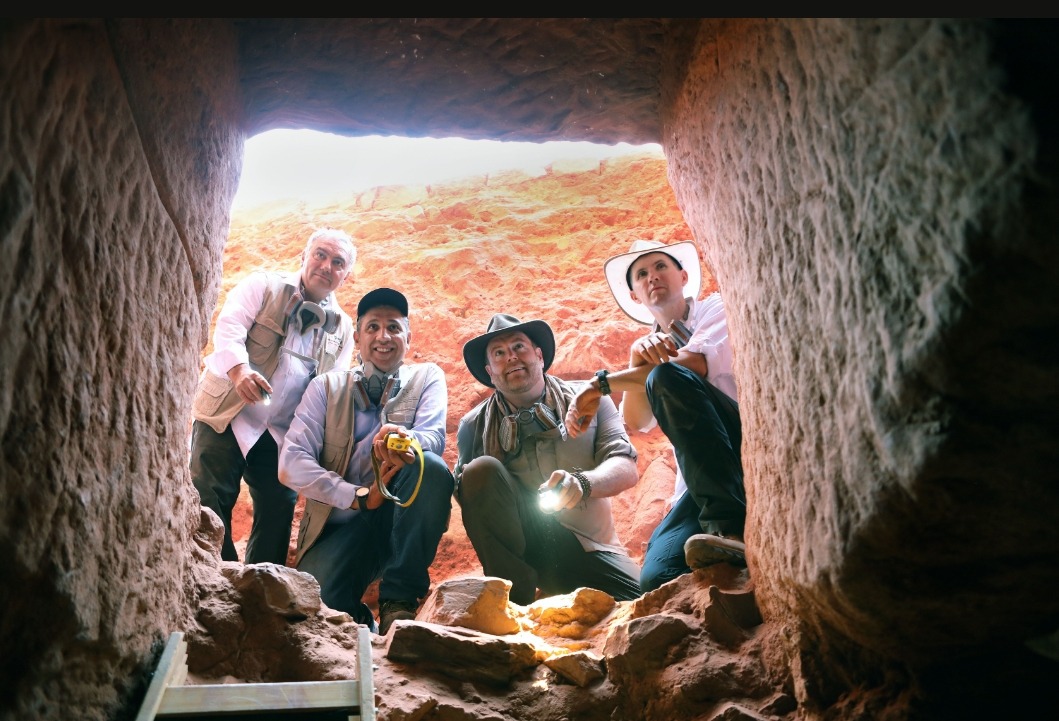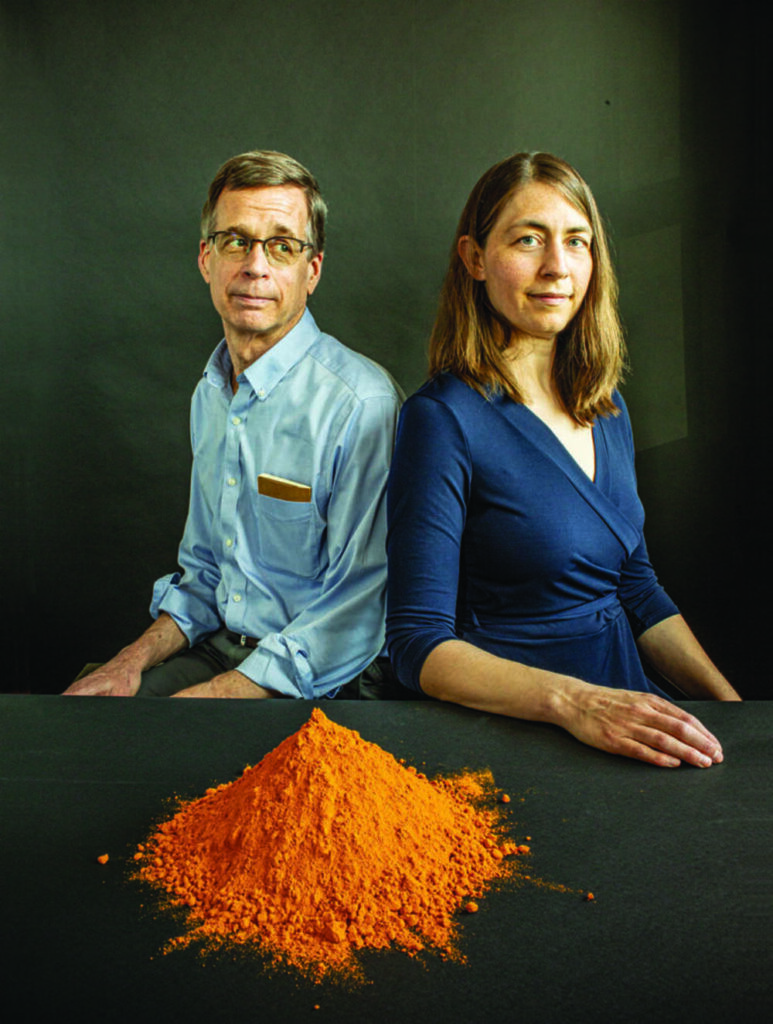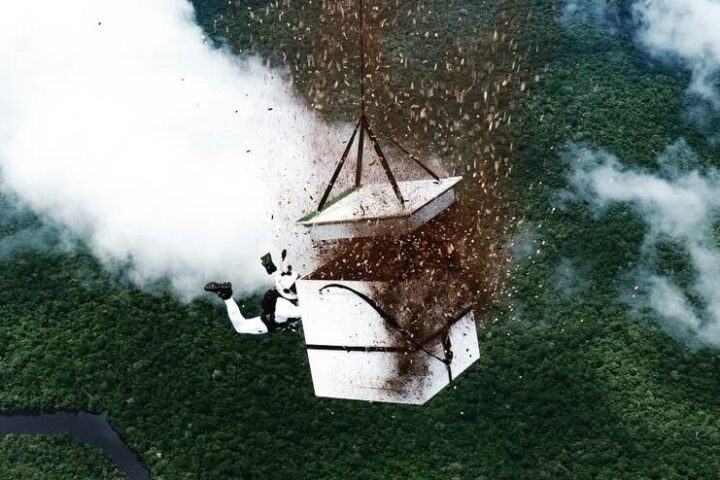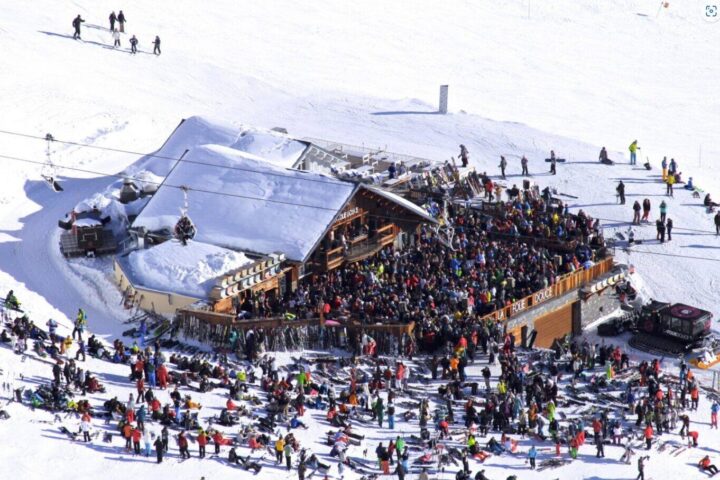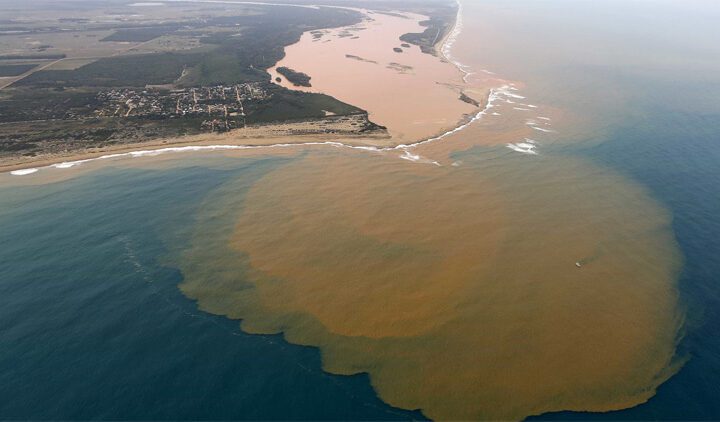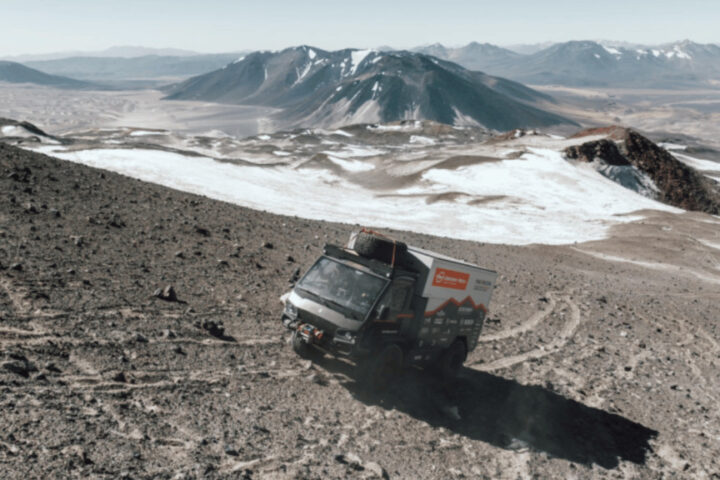In a stunning archaeological breakthrough, researchers have uncovered a hidden tomb buried deep beneath the sandstone cliffs of Petra, Jordan. The 2,000-year-old chamber, located directly underneath the ancient city’s iconic Treasury monument, contained the skeletal remains of at least 12 individuals along with a trove of well-preserved grave goods.
Discovery Enabled by Advanced Remote Sensing Technology
The monumental find was made possible thanks to state-of-the-art remote sensing techniques deployed by a team led by Dr. Pearce Paul Creasman, executive director of the American Center of Research. Using powerful ground-penetrating radar, the researchers were able to peer through the thick layers of debris and rubble that had accumulated over the centuries, ultimately pinpointing the location of the long-hidden tomb.
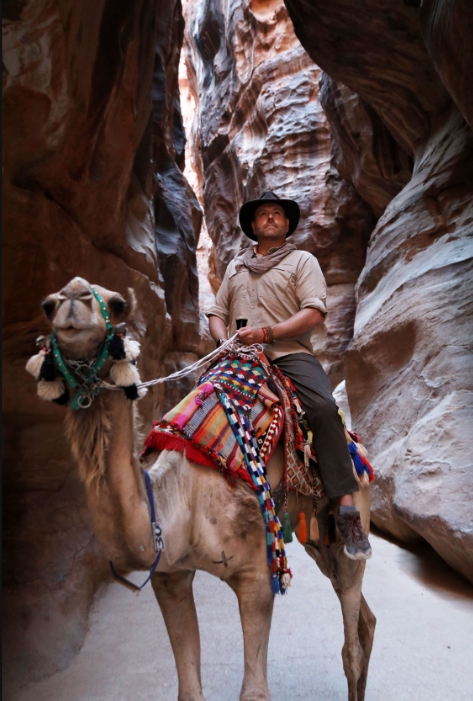
“We were absolutely stunned by the revelation of this hidden chamber,” said Josh Gates, host of the Discovery Channel series “Expedition Unknown,” which documented the historic excavation. “Little did we know that this dig might completely change what we know about The Treasury and help solve the mysteries of the Nabataean people.”
Rare Insight into Nabataean Burial Practices and Daily Life
The discovery marks one of the most significant finds in Petra since the ancient desert city was designated a UNESCO World Heritage Site in 1985. With its elaborate rock-cut architecture and sophisticated water management systems, Petra stands as a testament to the ingenuity and wealth of the enigmatic Nabataean civilization that thrived in the region from roughly the 4th century BCE to 106CE.
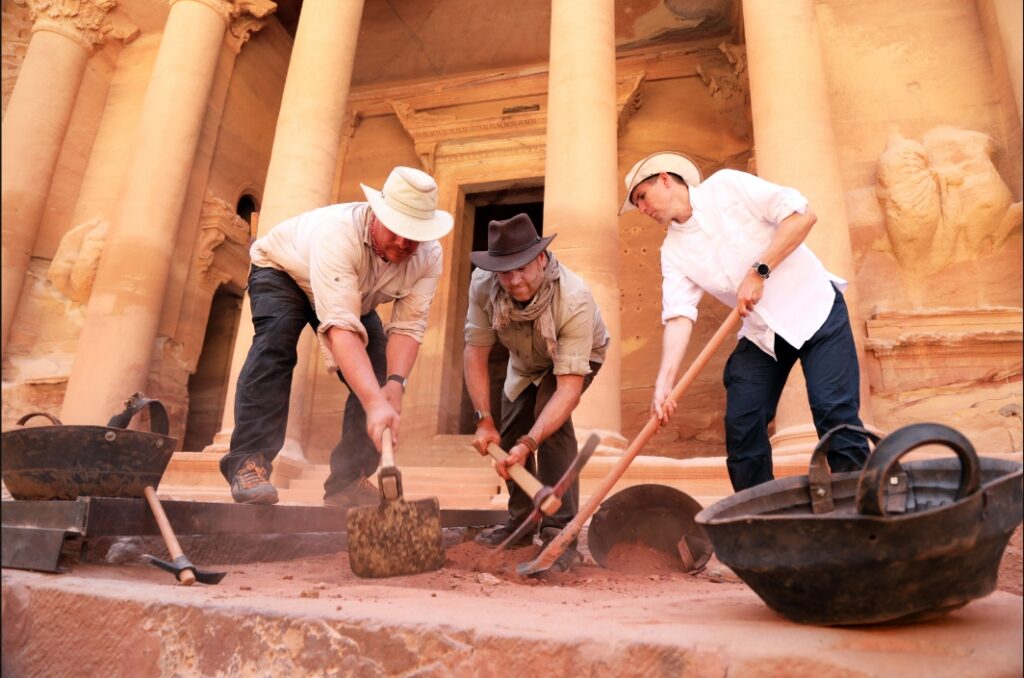
According to Creasman, the newly unearthed tomb offers an unprecedented opportunity to study the burial customs and everyday existence of this once-powerful desert kingdom. “The material recovered from our excavation has great potential to inform us about the early history of Petra and, possibly, the origins of the Nabataeans,” he noted.
Similar Posts
Among the artifacts recovered from the tomb was a ceramic vessel that bore a striking resemblance to the legendary Holy Grail featured in the 1989 film “Indiana Jones and the Last Crusade,” much of which was shot on location in Petra. “It was the ultimate moment of life imitating art,” Gates quipped.
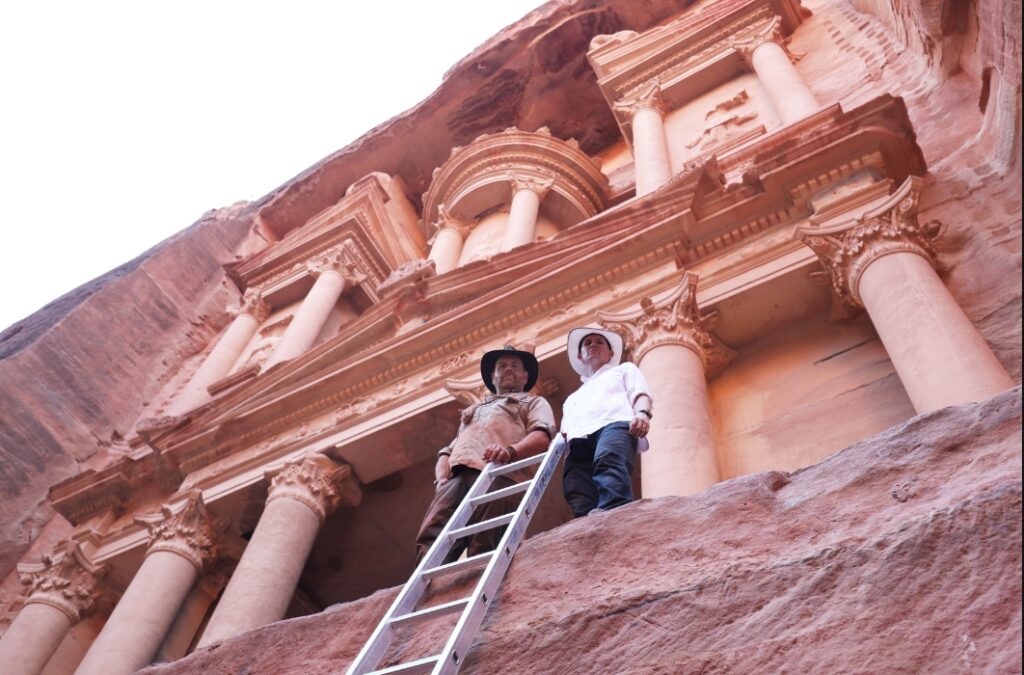
Environmental Insights and Unanswered Questions
In addition to shedding new light on Nabataean funerary practices, the excavations may also contribute to a clearer picture of the environmental conditions that prevailed during Petra’s heyday. “Today, Petra, the Rose City, is parched, but it was once a comparatively lush place,” Creasman explained in an email to The Washington Post. “I am hopeful we can learn from the past and use it to improve our collective future.”
As news of the discovery spreads, experts anticipate increased interest in Petra, which already ranks among Jordan’s most popular attractions. However, researchers emphasize that many questions about the ancient city’s enigmatic builders remain unanswered.
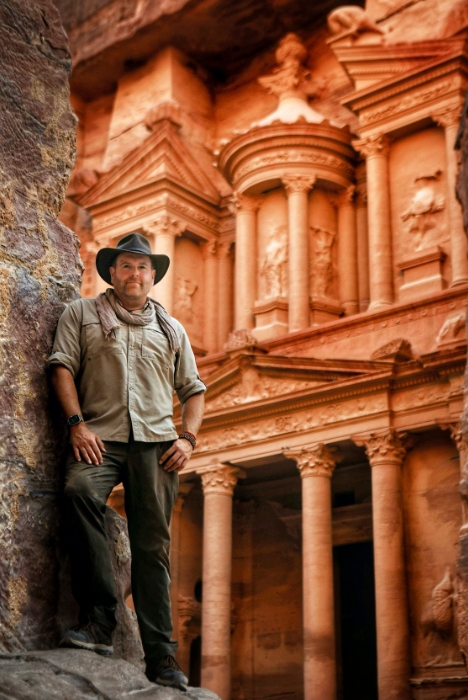
With excavations at the Treasury tomb still ongoing, the groundbreaking discovery has already begun to peel back the layers of history, offering tantalizing glimpses into the lives and times of one of the ancient world’s most fascinating civilizations. As Creasman put it, “This excavation is bringing us closer than ever to answers.”
